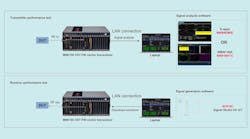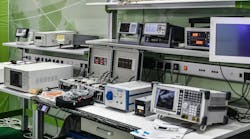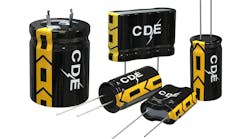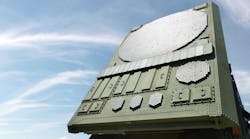DECT stands for Digital Enhanced Cordless Technology, although some might suggest that the “E” actually stands for European. And, in fact, the DECT standard for cordless telephone systems did originate in Europe. Due in part to this development path, there are slight differences in the frequency ranges for European DECT phones and their North American counterparts. The differences may be slight, but they are significant if you are an information and communications technology (ICT) provider like SaskTel.
Like other cell service providers across North America, SaskTel faces ongoing problems with European DECT phones. When people move from Europe to the Canadian province of Saskatchewan, where SaskTel supports more than 614,000 cell service customers, they often bring their DECT phones with them. From a consumer perspective the phones work fine, and they generally have no idea that approximately 10 MHz of the unlicensed spectrum used by their wireless handsets overlaps with SaskTel’s licensed spectrum.








